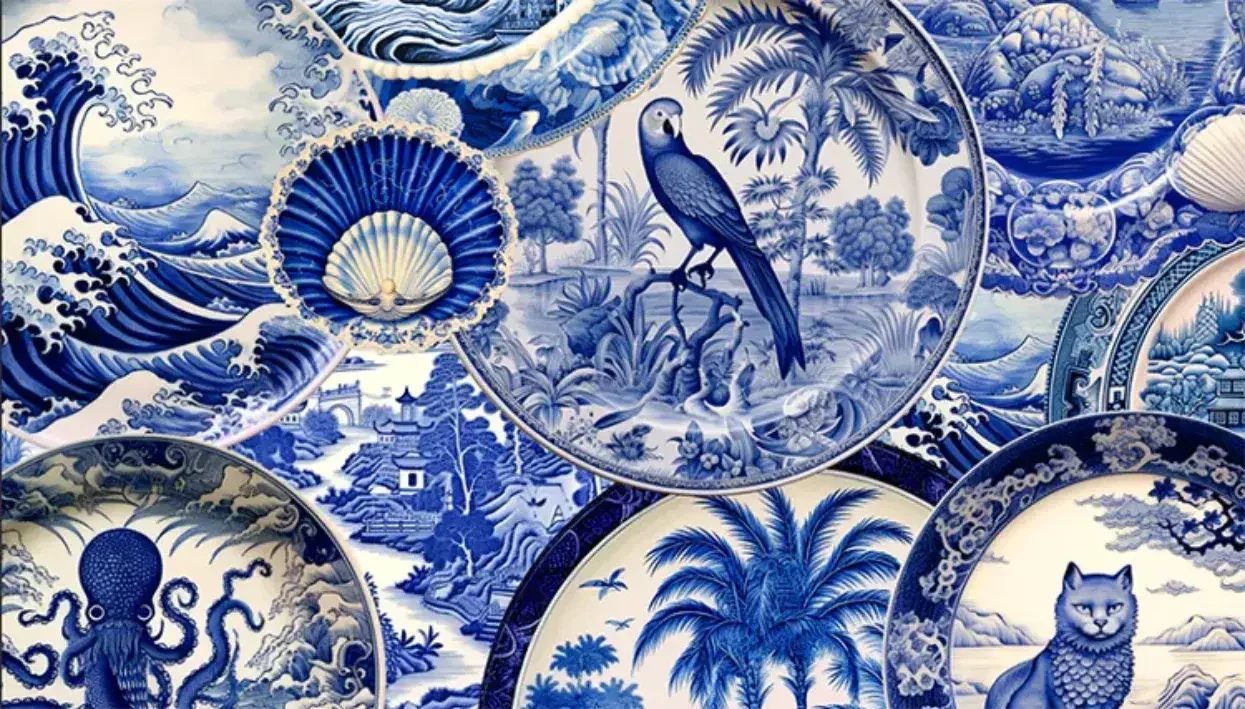AI
Interior Printing
The design democracy: AI, creativity and interior décor
Author
FESPA Staff
Published Date
13/03/2024
Become a FESPA Member
to Continue Reading
